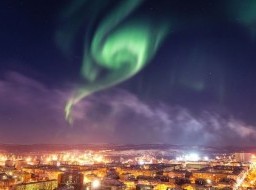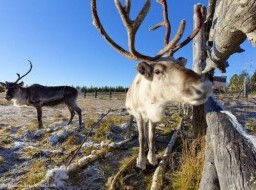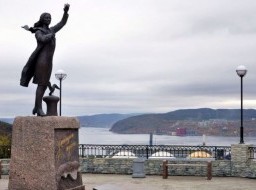Lamb's brow near Lake Semyonovskoe
"Lamb's forehead" is a classical glacial form of relief. This term is usually written in quotation marks. Although many geologists believe that these quotes can be removed, because the concept has long lost its original metaphorical. These forms of relief are not very large in size. Their length rarely exceeds 100-200 meters, and the height reaches 50 meters. "Lamb's foreheads" are found in the zones of the last and more ancient periods of glaciation. They are widely distributed within the Baltic (northern Europe) and Canadian (North America) shields. A complex of several "lamb's foreheads" is usually called curly rocks. Lamb's foreheads are rocks, smoothed and polished by the movement of the glacier. This ram's forehead is composed of granites, which formed more than 2.5 billion years ago - in the Archaean eon. Much later, in the anthropogenous period, a glacier passed through this area. He gave the rock the shape of his forehead and smoothed out large irregularities on it, but scratched the entire surface with a multitude of furrows. Based on the shape of the ledge and the depth of the furrows on it, you can determine where the glacier was going and what power it was. The slope of the rock of the monument is directed to the south, whence the glacier came, and in the profile it really looks like a ram's forehead. Thanks to this and similar protrusions, scientists established that during the anthropogen the territory of the present Murmansk region became the center of glaciations three times: Likhvin, Dnieper (maximum) and Valdai glaciations. It was the latter - Valdai - and left such ram's foreheads. Such protuberances are not uncommon for the Kola Peninsula, but the mutton forehead of the Semyonovsky Island is unique in its location within the boundaries of a large city, the regional center, which is very convenient for visiting the natural monument by scientists and tourists. The status of the natural monument was received on December 24, 1980 by Decision No. 537 of the Executive Committee of the Murmansk Regional Council of People's Deputies. Those responsible for the monitoring and protection of the monument are the Directorate of the State Specially Protected Natural Territories of Regional Importance of the Murmansk Region and the Committee for Nature Management and Ecology of the Murmansk Region. |








